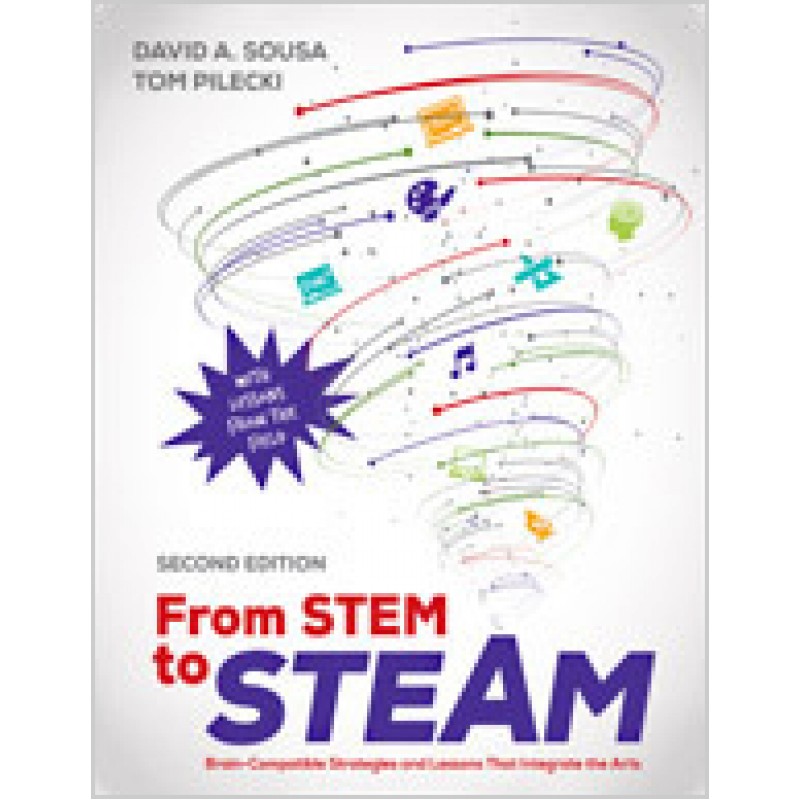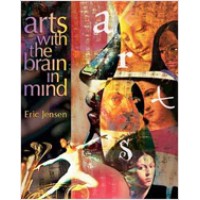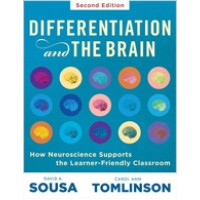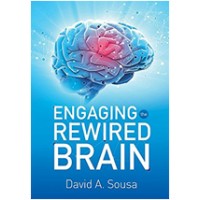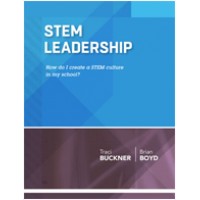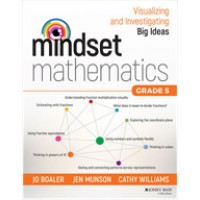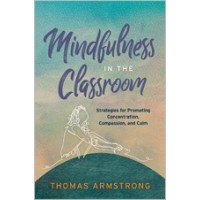From Stem to Steam: Brain-Compatible Strategies and Lessons That Integrate the Arts, 2nd Edition, Apr/2018
| Author(s) | David A. Sousa, Thomas J. Pilecki |
| ISBN10 | 150632245X |
| ISBN13 | 9781506322452 |
| Format | Paperback |
| Pages | 264 |
| Year Publish | 2018 April |
Synopsis
Art and science both hinge on discovery, and discovery requires thinking out of the box. But how do you lead students to think creatively in STEM education? The answer is STEAM, and A is for the arts.
STEAM—the integration of music, visual arts, and drama into daily STEM instruction—is proven to enhance student achievement in STEM subjects. After all, creative, real-world problem-solving is what working scientists and mathematicians actually do. But how do busy STEM educators weave arts activities into a sometimes inflexible STEM curriculum?
In this new edition of From STEM to STEAM, the ground-breaking bestseller, the authors provide lessons from the field to detail the way. Authors David Sousa, expert in educational neuroscience, and Tom Pilecki, veteran arts educator, pool theircombined eighty years of expertise to deliver:
- Research studies in cognitive and social neuroscience, including new findings on how technology is rewiring students’ brains, that demonstrate how arts activities enhance creativity, problem solving, memory systems, motor coordination, and analytical skills—all critical elements to achieving STEM objectives.
- Classroom-tested strategies and techniques for integrating the arts into STEM instruction, including sample K-12 lessons plans and planning templates.
- Tools for building a professional development program designed to helps arts and STEM teachers collaborate to create STEAM lessons.
- Sample planning frameworks that provide a smooth transition from STEM to STEAM, including advice on adapting STEAM to meet the individual needs and limitations of a school or district.
- A list of resources available to teachers in the STEM subjects, in the arts, in arts integration, and for STEAM.
The main objective of both art and science is discovery. Lead your students to make that connection and STEAM ahead to academic success!
About the Authors:
David A. Sousa, EdD, is an international consultant in educational neuroscience and author of more than a dozen books that translate brain research into strategies for improving learning. He has presented to more than 200,000 educators across the United States, Canada, Europe, Australia, New Zealand, and Asia. He has taught high school chemistry and served in administrative positions, including superintendent of schools. He was an adjunct professor of education at Seton Hall University and a visiting lecturer at Rutgers University. Dr. Sousa has edited science books and published dozens of articles in leading journals. His books have been published in French, Spanish, Russian, Chinese, Arabic, Korean, and several other languages. He is past president of the National Staff Development Council (now Learning Forward) and has received honorary degrees and awards for his commitment to research, professional development, and science education. He has appeared on NBC’s Today Show and National Public Radio to discuss his work with schools using brain research.
Tom Pilecki, MA, is the former executive director of the Center for Creative Education (CCE) in West Palm Beach, Florida, where, for twelve years, he provided professional development to over one hundred teaching artists, preparing them to teach collaboratively with elementary and middle school teachers in all curriculum content areas. With an MA in educational administration, Tom is a former elementary school teacher as well as a choral and instrumental music teacher. His forty-plus years in education include being founder and principal of St. Augustine School of the Arts in the South Bronx, New York, the subject of the Sundance Film Festival Award-winning documentary Something Within Me as well as feature segments on 60 Minutes, World News Tonight, and The McNeil-Lehrer Report. His expertise in curriculum writing, implementation, and arts integration brought him to Chicago as curriculum director for six West Side schools before going to Florida. He continues to consult with schools and communities on a national basis.

